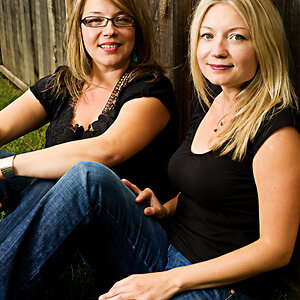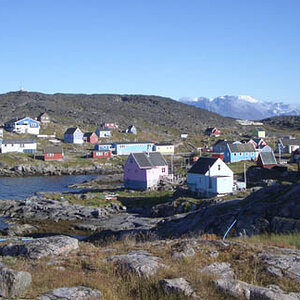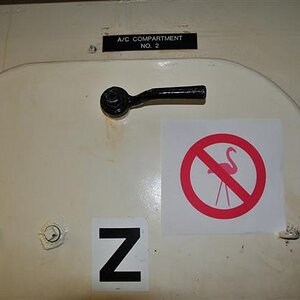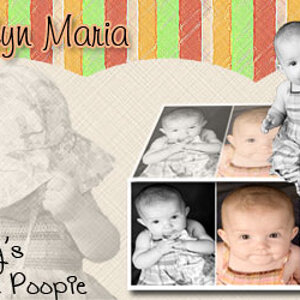Garbz
No longer a newbie, moving up!
- Joined
- Oct 26, 2003
- Messages
- 9,713
- Reaction score
- 203
- Location
- Brisbane, Australia
- Website
- www.auer.garbz.com
- Can others edit my Photos
- Photos NOT OK to edit
Not literally, I believe developer shouldn't be handled without gloves. But I am looking into starting a basic darkroom to get back into film. Play a bit with some B&W films that are available.
Now I've had a bit of a read on the topic from a book so old it's about to fall apart but I doubt much has changed. I only want to develop negatives at this point, maybe some slides at a later time, and I will ultimately scan them using the filmstrip scanner I have. So far as I know here are the basics that I need:
- A Timer
- A Thermostat
- An insulated dish to control temperature of the chemicals
- A developing tank
- One of those little things to get the end out of the film so the roll can be unwound.
- Developer
- Stop bath (I heard water can be used for this)
- Fixer
Have I left anything out? I know that the list could be refined to specific brands, but I'm trying to get the overall view of things set first.
Now I've had a bit of a read on the topic from a book so old it's about to fall apart but I doubt much has changed. I only want to develop negatives at this point, maybe some slides at a later time, and I will ultimately scan them using the filmstrip scanner I have. So far as I know here are the basics that I need:
- A Timer
- A Thermostat
- An insulated dish to control temperature of the chemicals
- A developing tank
- One of those little things to get the end out of the film so the roll can be unwound.
- Developer
- Stop bath (I heard water can be used for this)
- Fixer
Have I left anything out? I know that the list could be refined to specific brands, but I'm trying to get the overall view of things set first.






![[No title]](/data/xfmg/thumbnail/41/41778-1940e957c27e1919c300dfedbc32d1c3.jpg?1619739889)






